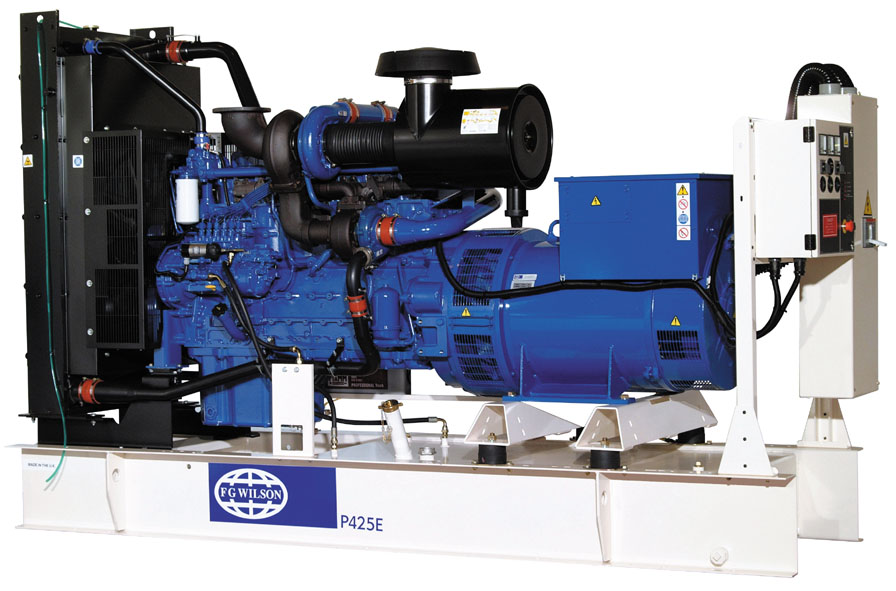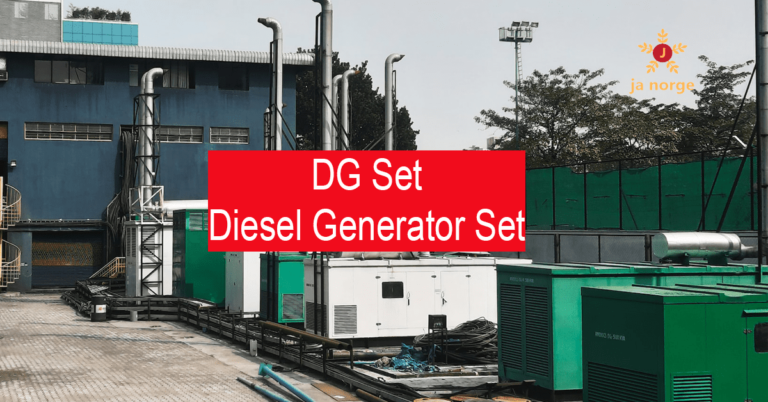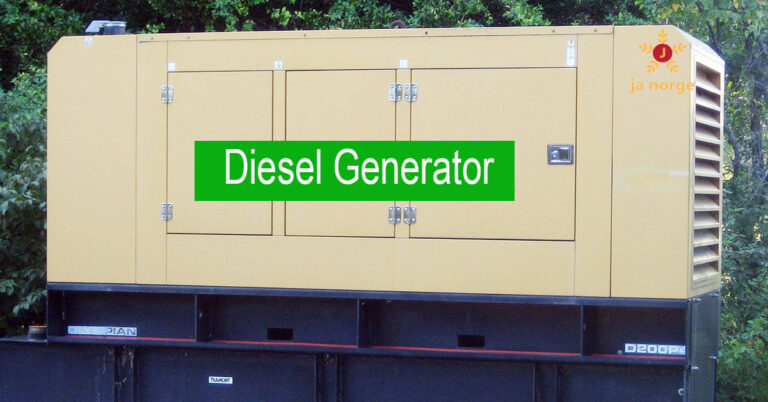Diesel generators are widely used in various industries for power generation during power outages or in areas where grid power is unavailable. These generators operate on the principle of diesel combustion, which produces mechanical energy that is then converted into electrical energy. In this article, we will discuss the working principle of diesel generators in detail, including their operation, types, and applications.
Working Principle of Diesel Generators
The working principle of a diesel generator is based on the principles of diesel combustion and the conversion of mechanical energy into electrical energy. A diesel generator consists of two primary components: an engine and an alternator. The engine produces mechanical energy by combusting diesel fuel, and the alternator converts this mechanical energy into electrical energy.

Diesel combustion is a process in which fuel is mixed with air and ignited to produce energy. In a diesel engine, the fuel is injected into the combustion chamber at high pressure, and it ignites spontaneously due to the high temperature and pressure inside the chamber. The combustion process produces a high amount of energy in the form of heat, which is then used to move the engine's pistons.
The engine is connected to an alternator, which consists of a rotor and a stator. The rotor rotates inside the stator, generating an electromagnetic field. This field induces a voltage in the stator, producing electrical energy. The electrical energy generated by the alternator is then supplied to the load.
Steps Involved in Diesel Generator Working Principle:
The working principle of a diesel generator is based on the principles of diesel combustion and the conversion of mechanical energy into electrical energy.
The Flow Diagram of the diesel generator working principle is as follows:
1. Fuel Injection -> 2. Compression -> 3. Ignition -> 4. Mechanical Energy -> 5. Alternator -> 6. Electrical Energy -> 7. Load

Here are the step-by-step details of how a diesel generator works:
Step1. Fuel Injection:
The first step in the working principle of a diesel generator is fuel injection. Diesel fuel is injected into the combustion chamber at high pressure using an injector. This fuel mixes with the compressed air inside the combustion chamber.
Step2. Compression:
Once the fuel and air mixture is inside the combustion chamber, it is compressed by the engine's pistons. This compression increases the temperature and pressure inside the combustion chamber.
Step3. Ignition:
The fuel and air mixture is ignited by the high temperature and pressure inside the combustion chamber. This combustion process produces a high amount of energy in the form of heat.
Step4. Mechanical Energy:
The heat produced by the combustion process moves the engine's pistons, producing mechanical energy. This energy is transferred to the engine's crankshaft.
Step5. Alternator:
The crankshaft is connected to an alternator. As the crankshaft rotates, the alternator also rotates, producing an electromagnetic field.
Step6. Electrical Energy:
The electromagnetic field produced by the alternator induces a voltage in the stator, producing electrical energy. This electrical energy is then supplied to the load.
Step7. Load:
The load is the device or system that is powered by the electrical energy produced by the diesel generator. This load could be anything from a small appliance to a large industrial system.
In summary, the working principle of a diesel generator involves fuel injection, compression, ignition, mechanical energy, alternator, electrical energy, and load.
Types of Diesel Generators
Diesel generators can be classified into different types based on their size, application, and usage. The most common types of diesel generators are:
Portable Diesel Generators:
These generators are small, compact, and lightweight, making them easy to move around. They are commonly used in construction sites, camping sites, and outdoor events.
Stationary Diesel Generators:
These generators are larger and more powerful than portable generators. They are usually installed in a fixed location and provide backup power to commercial buildings, hospitals, and other critical facilities.
Emergency Diesel Generators:
These generators are designed to provide power during emergency situations such as power outages or natural disasters. They are commonly used in hospitals, data centers, and other critical facilities that require an uninterrupted power supply.
Marine Diesel Generators:
These generators are specifically designed for use in marine environments. They are used to power boats, ships, and offshore oil rigs.
Applications of Diesel Generators
Diesel generators have various applications in different industries. Some of the most common applications of diesel generators are:
- Backup Power: Diesel generators are commonly used as backup power sources in critical facilities such as hospitals, data centers, and airports.
- Prime Power: Diesel generators can also be used as primary power sources in areas where grid power is unavailable or unreliable.
- Peak Shaving: Diesel generators can be used to reduce peak power demand by providing additional power during times of high demand.
- Remote Power: Diesel generators are also used to provide power in remote areas such as construction sites, mining sites, and oil and gas fields.
Cummins Diesel Generator Working Principle PDF and Diesel Generator Working Principle PPT
Cummins is a leading manufacturer of diesel generators, and they provide detailed information about their products on their website. They offer a comprehensive PDF guide that explains the working principle of their diesel generators, including their features, specifications, and applications.
Similarly, various companies and organizations provide PowerPoint presentations on diesel generator working principle. These presentations can be used for training purposes or as educational materials for students.
Conclusion
Diesel generators are a reliable source of backup power for critical facilities and remote areas. They operate on the principle of diesel combustion, which produces mechanical energy that is converted into electrical energy. Diesel generators come in different types and sizes, each with specific applications and features




Comments are closed.